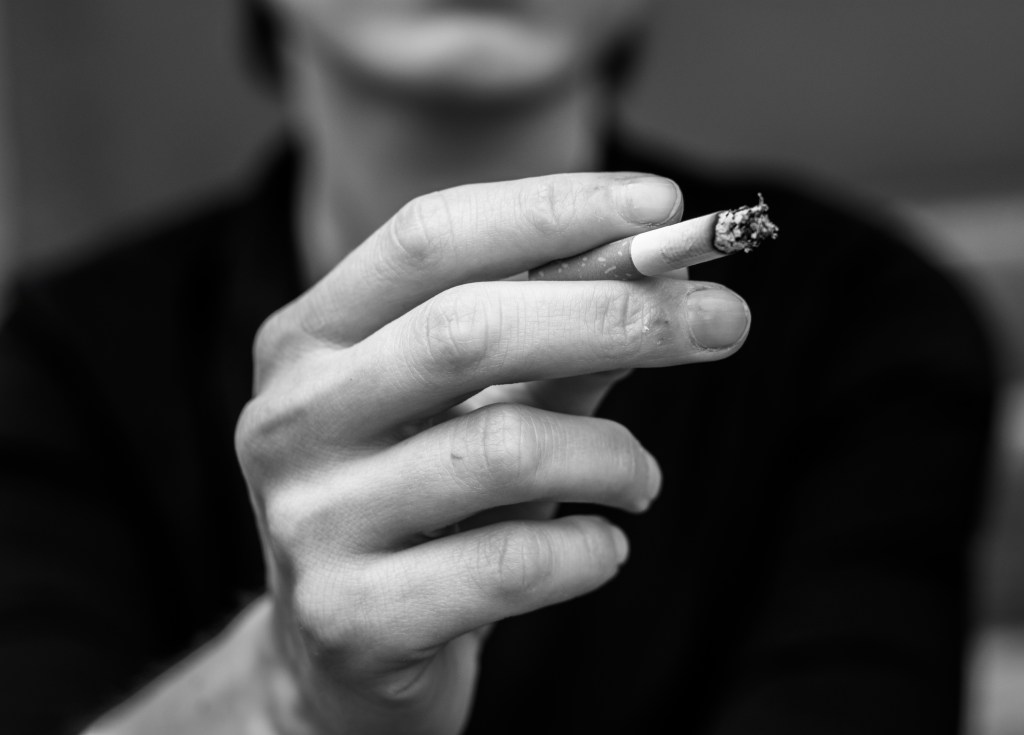Barred from restaurants, banned on airplanes and unwelcome in workplaces across America, smokers have become accustomed to hiding their habits. So it’s no surprise many may now also be denying their habit when they buy health coverage from the federal health law’s insurance exchanges.
Insurers — who can charge higher rates in most states to admitted smokers — are steamed.
They say the cheating that smokers do to escape tobacco surcharges on their monthly premiums means higher rates for everyone else.
Signs of smokers’ deceit:
— In Idaho, 17 percent of adults smoke regularly, a federal survey shows, but fewer than 3 percent who bought coverage this year on the state’s insurance exchange paid the tobacco surcharge.
— In Kentucky, more than a quarter of adults smoke regularly, but just 11 percent paid the tobacco surcharge.
— In Minnesota, 18 percent of adults smoke, but under 5 percent paid the tobacco surcharge.
Wide discrepancies like those exist in virtually all states that allow insurers to charge smokers extra on the Obamacare individual insurance market, federal data show.
Insurers say they’re disappointed but not surprised by the figures. They can’t independently check who is a smoker because under the law they rely on the honor system.
“Given how low these numbers are, it’s hard to believe there is not some misrepresentation or lying going on,” said Cameron Kaplan, assistant professor of health economics at the University of Tennessee. “It makes sense given the way the law was designed.”
(Story continues below)
The Affordable Care Act allows insurers to impose surcharges retroactively if they catch someone lying, but it specifically forbids them from dropping coverage to anyone they catch lying about smoking status.
“It’s bothersome and a concern,” said Josh Jordan, a spokesman for Blue Cross of Idaho. “It means nonsmokers will pay more because smokers generally have higher health care costs that were supposed to be partly offset through the surcharge…a lack of people paying it means everyone else may pay more.”
Age, county of residence — and smoking — are the only factors that insurers can consider in setting rates since the health law prohibits tying premiums to health status. Only eight states, including California and New York, plus the District of Columbia prohibit insurers from charging a tobacco surcharge on the individual market.
In the 37 states that use the federal insurance exchange, healthcare.gov, the tobacco surcharge was paid by about 7 percent of 5.1 million consumers who enrolled, according to federal data.
The health law defines smoking as ”using any tobacco product on average four or more times per week in the past six months.”
About 17 percent of U.S. adults smoke cigarettes, which is down from 21 percent a decade ago, other federal data show. Smoking rates are believed to be considerably higher among lower-income Americans and the uninsured — including those most likely buying coverage on the exchanges, experts say.
It’s not only Obamacare that’s asking smokers to pay more for health coverage.
Large employers increasingly do it, too. About 40 percent of employers with more than 1,000 workers had a tobacco surcharge last year, nearly twice the level a decade ago, according to benefits consulting firm Willis Towers Watson. Enforcement typically relies on the honor system, said Jeff Levin-Scherz, national leader at the company, although some companies use blood or saliva tests to identify smokers.
The main reason for the surcharge is not to penalize smokers but to identify those who could benefit from smoking cessation programs, he said.
Clare Krusing, a spokeswoman for America’s Health Insurance Plans, the industry’s trade group, said it’s clear not all smokers are paying the surcharge, but it is needed to help cover smokers’ high health risks. The health law allows states to charge as much as 50 percent more to smokers than nonsmokers, but a handful of states have lower limits, including Kentucky and Colorado.
A study by researchers at University of Tennessee, published in Health Affairs in 2014, found the median insurer surcharge was 10 percent in 2014. Insurers don’t have to impose a surcharge where states allow one, but most do. In Idaho and Kentucky, all the insurers on the state exchanges have it. In Minnesota, about 60 percent of plans have it.
The low rate of admission to tobacco use hampers insurers in setting adequate premiums for everyone, said Scott Streator, a senior vice president with CareSource, an Obamacare health plan with 120,000 members in Ohio, Kentucky, Indiana and West Virginia.
He wants the Obama administration to consider changes to better validate whether smokers are fessing up on health care applications. Yet, he doesn’t want to make validation so onerous as to deter sign-ups.
That might only discourage smokers from getting health insurance. Plus, surcharges’ influence as a deterrent to smoking is unsubstantiated.
“Punitive measures like tobacco surcharges have not been proven effective in encouraging smokers to quit and reducing tobacco use,” the American Lung Association asserts.








